National Wildlife Week
April 21-27 is National Wildlife Week (NWW). Begun in 1938 by the National Wildlife Federation (NWF), this celebratory week encourages children and adults across the country to learn and experience nature, starting in their own communities. The goal of NWW is to educate participants about wildlife conservation issues so students and adults can learn how to become positive influences on the environment.
What does this mean for you? It means you now have more than one month to prepare a great promotion that will draw customers into your store to buy products from this category (or just to buy products, period). You can start by ordering free (excluding shipping and handling) 2003 NWW posters to help spread the word throughout your store about the promotion, or order enough to give away as handouts for children. Posters are available from the NWF via its Web site at www.nwf.org/nationalwildlifeweek.
While you probably already have many birding products on hand, from feeders to birdseed to bird-watching books, you also carry at least some of what provides sustenance for most of the wildlife frequenting your customers’ backyards plants. In fact, it’s very likely that you already have all or most of the components needed to create a natural habitat in your customers’ backyards within your store; you need only pull these products together and cross-merchandise them effectively to make this promotion profitable.
Habitat components
According to the NWF, wildlife have four basic habitat requirements: Food. Flowers, shrubs and trees provide seeds, berries leaves, buds and nectar, all of which feed birds, butterflies and other insects, and small mammals. Native plants are both preferred by wildlife and require less care, so do some research on your local area and offer seeds and plants that are native to your community. Refer to the sidebars on page 52 for lists of plants known to attract deer, birds, butterflies and hummingbirds. Single them out from your plant selection or order them, and create special signs or tags indicating which animals they will attract.
Water. A small pond or birdbath will do more than just provide a home for fish and drink for birds. Ponds attract other animals, such as frogs and salamanders, and a birdbath or other basin placed low to the ground will draw squirrels, chipmunks and other small mammals. There aren’t many garden centers that don’t carry birdbaths and outdoor fountains these days, and offering pond-making materials and supplies is on the rise. NWW presents the perfect opportunity to move these products and feel good about the contribution you are making to the environment.
Shelter. Shrubs and trees offer homes for birds and food for deer. Tall grasses are home to grasshoppers, garter snakes and some ground-nesting birds. Stone piles will attract chipmunks and lizards, and brush and twig piles offer great hideouts for rabbits.
Places to Raise Young. Butterflies require special plants for laying their eggs, and frogs and toads lay eggs only in shallow water. Birds nest in birdhouses as well as shrubs and trees.
Use your resources
What can you offer that will meet your customers’ backyard habitat needs? For more information on NWW, visit www.nwf.org/nationalwildlifeweek. If you have an educator on your staff, there is a guide on the NWF site that could be used to help create a class specially designed to teach children about wildlife themes, including wildflower identification.
Most garden center offerings are synonymous with nature, so make NWW’s “Explore Nature in your Neighborhood” your own personal promotion. The following products may also give you ideas as to how to augment your current offerings to make this promotion a success.


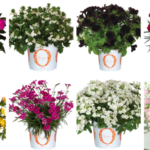
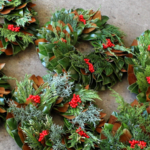



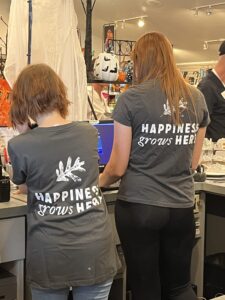
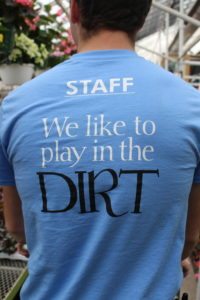
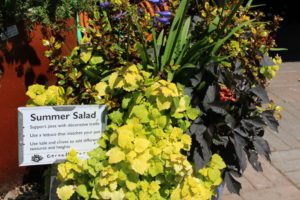
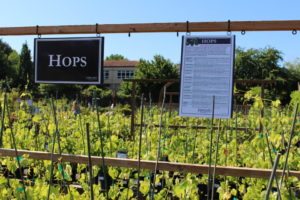
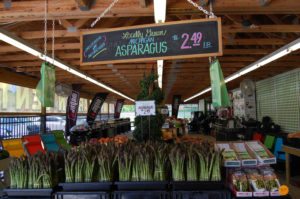
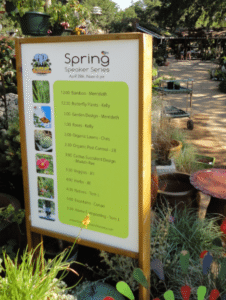
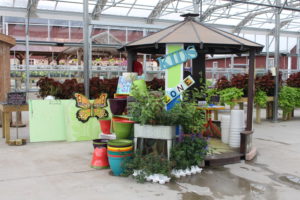
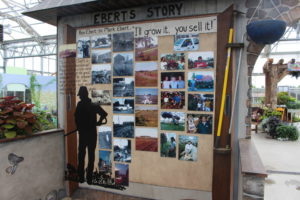
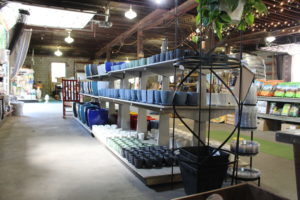
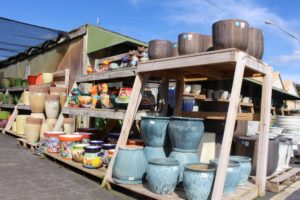

 Videos
Videos





